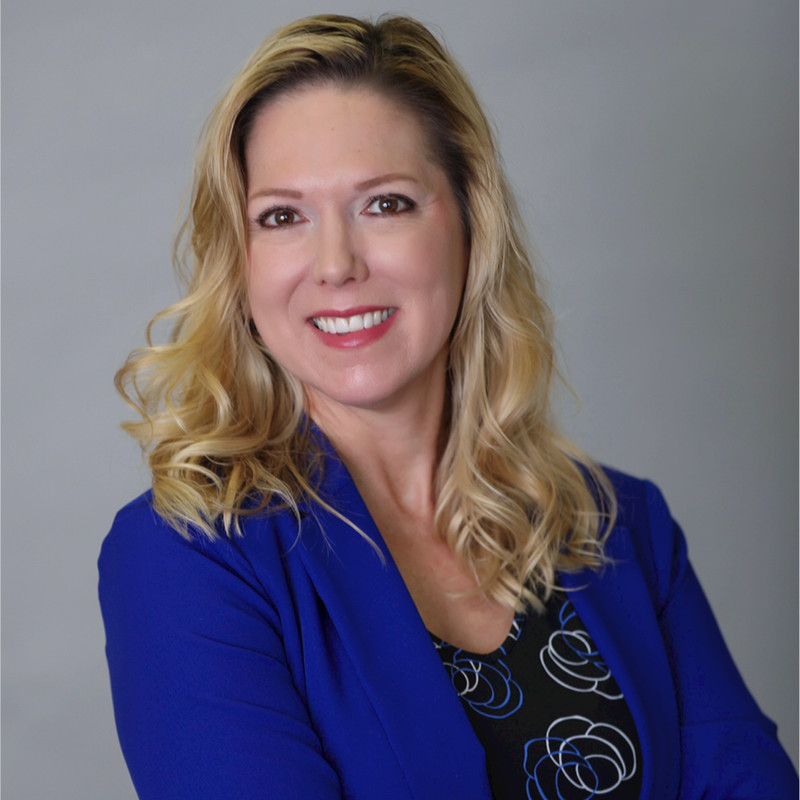The ongoing coronavirus pandemic in the U.S. creates what we might call a perfect storm for people diagnosed with alcohol or substance use disorder (AUD/SUD). The ongoing, cumulative stress associated with isolation, mask regulations, and conflicting and often contradictory information about the virus itself increases anxiety for almost anyone old enough to understand what’s going on. Add to that the uncertainties about work, school, and family, and we have a default set of circumstances that’s tailor-made to push someone with problem alcohol use over the threshold to addiction. This new normal – in the midst of a contentious national election and widespread upheaval around issues of social and racial justice, no less – also threatens the coping skills and emotional balance people already in recovery work every day to develop and maintain.
That’s not to say people in recovery are delicate plants who can’t take it. Quite the opposite, in fact. In previous articles here and here, I discuss the fact that the resiliency skills people in recovery build make them ideally suited to weather the vicissitudes of this pandemic.
There’s something I haven’t mentioned in any of my articles, yet, though, that applies not only to people in recovery and people who may be in danger of developing problem or disordered drinking, but also to anyone doing their best to make it to the other side of this pandemic with their health and sanity intact: media consumption.
I’ll cut to the chase: be mindful of what, when, and how much you watch, read, or listen to media coverage of the pandemic.
Now I’ll explain why being mindful about media consumption is an important thing for everyone to consider.
The Pandemic in Context
The idea that a public health crisis can elevate risk of unrelated physical and mental health problems is backed by evidence and supported by the leading experts in both mental health and infectious disease. The Centers for Disease Control (CDC) says it succinctly:
“Pandemics can be stressful.”
CDC officials warn that stress related to the outbreak of a disease like COVID can cause:
- Fear and worry about the health of you and your loved ones
- Fear and worry about work and school
- Anxiety about losing health coverage or access to current support services
- Increases in symptoms related to chronic health conditions
- Increases in symptoms related to chronic mental health conditions
- Elevated use of alcohol and other substances of misuse
I offer this information from the CDC to let you know that the simple phrase they lead with – pandemics can be stressful – is a verifiable statement of fact. It’s not conjecture. It’s also important to understand that while the stress a pandemic can cause affects everyone, it may impact some populations more than others. Groups more susceptible to pandemic-related stress include:
- People with preexisting health conditions
- Children
- Teenagers
- Essential workers
- Health care workers
- People with mental health conditions
- Residents of congregate living facilities
- People with alcohol or substance use disorder
This list is not complete, but gives you an idea of who’s at increased risk of feeling the stress of the pandemic, which is a different group of people than those who are at increased risk of contracting severe COVID-related illness – although there is overlap between the two groups.
The coronavirus pandemic has created an ancillary public health crisis, which I’ll call the stress pandemic. To recap: we have the coronavirus pandemic and we have the stress pandemic. Now I’ll introduce two more pieces of information that will help you understand the point of this article.
Alcohol Sales and Media Consumption
Since the beginning of our new COVID reality back in March, research scientists and pollsters have kept an eye on two metrics related to this discussion: alcohol sales and media viewership. I’m not saying those two things are connected to one another directly, but it’s clear they’re indirectly related to one another, and both are directly connected to the pandemic. They’re also both connected to something else.
Or someone else, I should say: you.
I’ll start with the data on media consumption. These figures, compiled by Spanish researcher Andreu Casero-Ripolles and published in the article “Impact of COVID-19 on the Media,” are based on polling data collected by the American Trends Panel maintained by the Pew Research Center. Here’s what the expert at the Pew Center report about media viewership during the pandemic:
News Consumption Before and During COVID-19, By Age Group
- Age 18-29:
- Before COVID: 39%
- After COVID: 86%
- Difference: 47% increase
- Age 30-49:
- Before COVID: 51%
- After COVID: 90%
- Difference: 39% increase
- Age 50-64:
- Before COVID: 66%
- After COVID: 95%
- Difference: 29% increase
- Age 65 +:
- Before COVID: 81%
- After COVID: 97%
- Difference: 16% increase
- Total Age 18 +:
- Before COVID: 60%
- After COVID: 92%
- Difference: 32% increase
To clarify, those numbers represent the percentage of people surveyed who regularly consume news media. For instance, among survey respondents age 18-39, 39 percent regularly consumed news media before COVID, while 86 percent regularly consume news media during COVID. To arrive at these figures, researchers compared data from October 29-November 11, 2019, to data from March 10-16, 2020.
You get the picture?
Now let’s move on to the alcohol data.
According to the renowned consumer tracking and ratings measurement organization, Nielsen, here’s how the pandemic affected alcohol sales:
Alcohol Sales: 2020 Compared to 2019
- March (week beginning March 21st):
- In-store: Increased by 54%
- Online: Increased by 262%
- April (week beginning April 11th):
- In-store: Increased by 27%
- Online: Increased by 437%
That’s the sales data. Now let’s look at the consumption data, compiled by polling organization The Morning Consult:
Drinking Alcoholic Beverages During Stay-at-Home Orders
- Millennials (age 22-38):
- More: 25%
- Less: 16%
- Same: 49%
- Gen Z (age 39-55)
- More: 19%
- Less: 18%
- Same: 57%
- Boomers (age 56-75):
- More: 8%
- Less: 22%
- Same: 61%
- All Adults (age 18+):
- More: 16%
- Less: 19%
- Same: 55%
In summary, adults in the U.S. are watching news media 32% more and consuming alcohol 16% more than at the same time last year, with some age groups – we’ll call them Millennials and Gen Z – showing far greater increases in news and alcohol consumption.
“Lori, I’m shocked!”
Said no one, anywhere, in response to this data.
What It All Means
Okay, I kid.
You may be shocked by the fact in-store alcohol sales increased by 54 percent in March and online alcohol sales increased by 437 percent in April. You may also be surprised – if not shocked – by the fact that news media consumption increased by almost 50 percent for people age 18-29 and by almost 40 percent for people age 30-49.
Those are large increases in any category at any time. The fact that those categories increased substantially is not a huge surprise: most people at home probably could have predicted increases in TV watching and alcohol sales. Those are pretty much no-brainers.
To understand what it all means, you have to connect the dots back to the CDC data I presented at the beginning of this article. Here’s what I mean:
- Fact: Pandemics are stressful.
- Fact: Stress impacts particular populations more than others.
- Fact: Stress increases risk of relapse, risk of moderate drinking becoming problem drinking, and risk of problem drinking becoming disordered drinking (AUD).
- Fact: Consuming news media can increase stress and negatively impact mental and physical health.
- Fact: During the pandemic, U.S. citizens are consuming more news media and consuming more alcohol than before the pandemic.
Earlier in this article I wrote that the media and alcohol sales numbers are connected by you, the consumer. Now you understand why those are connected, even if you don’t drink at all, once drank too much and are now in recovery, or you drink more now than you did before COVID. The connection is the pandemic. More specifically, the stress caused by the pandemic.
All these things are connected by you, and they also intersect in you.
Media Mindfulness
You’re strong. You’re tough. You’re resilient.
But you, me, anyone out there – we humans can only take so much. That’s why the message I dropped right at the beginning of this article is incredibly important. Do you remember what it was? I advised you to be mindful of your media consumption. By mindful, I mean pay attention. And by paying attention, I mean identifying how the news media makes you think, feel, and act. If you watch the news every day, I want you to do a very simple, three step exercise:
- Before you consume the news, identify how you feel physically, emotionally, and mentally.
- While you consume the news, identify how you feel physically, emotionally, and mentally.
- After you consumer the news, identify any changes in how you feel physically, emotionally, and mentally.
After doing this exercise, you can decide what role consuming the news plays in your life. Yes, you need to be informed about current events to be a productive citizen in a functioning democratic republic. However, you’re not required to consume so much news that it affects the quality of your physical, emotional, or mental wellbeing. That’s what I mean by being mindful about your news consumption.
In a time when stressors are off the charts, I want you all to take the time to ensure – especially those of you in recovery – that consuming news media enriches, rather than detracts, from your overall quality of life.


